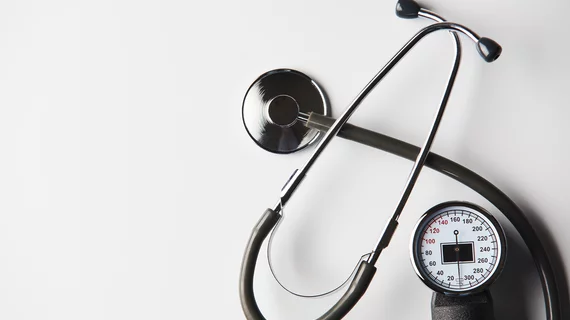AFib gadget packs BP monitor, ECG into singular device
Omron Healthcare launched its latest innovation, Complete, May 1, marking the first time a blood pressure (BP) monitor with electrocardiogram (ECG) capabilities has hit the commercial market.
Complete was recently cleared by the FDA, Omron said in a release, and is reportedly the first-ever BP monitor to incorporate ECG abilities into a single device. The monitor is paired with an upper-arm cuff that allows users to simultaneously monitor their BP and ECG readings at home.
“Complete is a groundbreaking tool for patients managing AFib and for those who suspect they may have an irregular heartbeat,” Ranndy Kellogg, president and CEO of Omron, said in the release. “Managing risk factors is essential for good heart health. By measuring more data points, we’re helping users and physicians gain a more complete heart health picture to evolve treatment and produce better health outcomes.”
Complete runs on an advanced algorithm designed by AliveCor, another medical device company with success in the ECG space. Paired with medical-grade BP measurements from Omron, AliveCor’s algorithm improves the detection of AFib.
The monitor connects with Omron’s mobile app, Omron Connect, which allows users to store and track their data over time. They’re also able to send health data to their physicians via the app.
Complete has been available for sale since the beginning of May and will be sold on both Omron’s website and Amazon. The device goes for $199.99.

